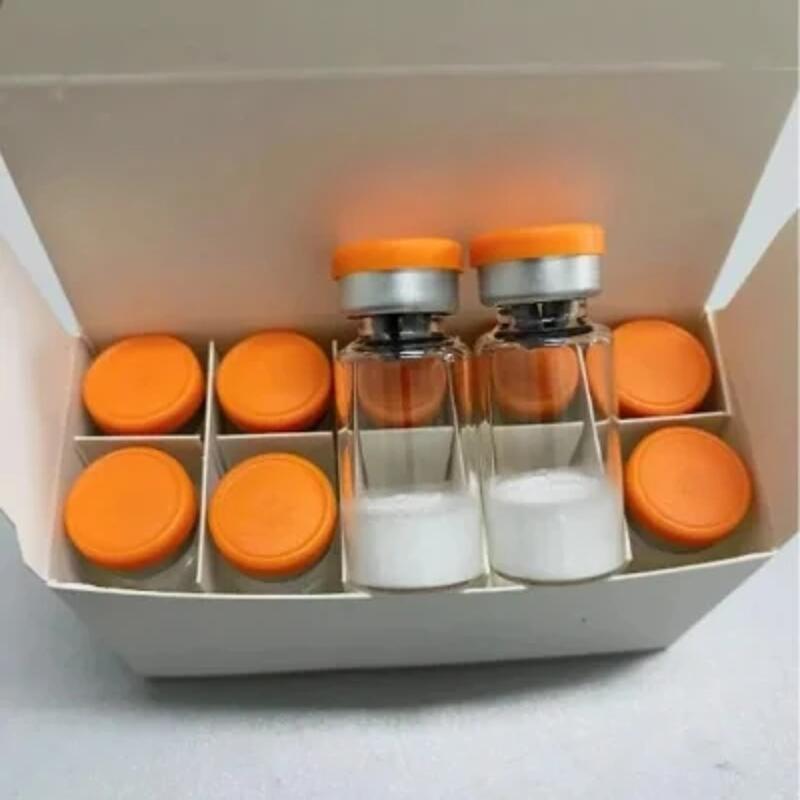-
Categories
-
Pharmaceutical Intermediates
-
Active Pharmaceutical Ingredients
-
Food Additives
- Industrial Coatings
- Agrochemicals
- Dyes and Pigments
- Surfactant
- Flavors and Fragrances
- Chemical Reagents
- Catalyst and Auxiliary
- Natural Products
- Inorganic Chemistry
-
Organic Chemistry
-
Biochemical Engineering
- Analytical Chemistry
-
Cosmetic Ingredient
- Water Treatment Chemical
-
Pharmaceutical Intermediates
Promotion
ECHEMI Mall
Wholesale
Weekly Price
Exhibition
News
-
Trade Service
Synthetic Routes of (3-(carbazole-9H)Phenyl)Pinacol Ester: An Overview in the Chemical Industry
In the chemical industry, the synthesis of new compounds plays a crucial role in the development of new materials, pharmaceuticals, and other products.
Carbazole-based compounds have gained significant attention due to their unique properties and potential applications in various fields such as electronics, photonics, and pharmaceuticals.
One such compound is (3-(carbazole-9H)Phenyl)Pinacol ester, which has been synthesized through various routes in the chemical industry.
Synthesis of (3-(carbazole-9H)Phenyl)Pinacol ester can be achieved through different chemical methods.
The most common methods include the Williamson synthesis, the Leuckart reaction, and the price reaction.
These methods involve the use of various reagents, solvents, and reaction conditions, which can affect the yield and purity of the product.
The Williamson synthesis is a common method for the synthesis of (3-(carbazole-9H)Phenyl)Pinacol ester.
In this process, a phenol derivative is treated with an excess of a halogenated carbazole in the presence of a Lewis acid catalyst, such as aluminum chloride.
The product is then treated with an alcohol, such as methanol or ethanol, to form the desired ester.
This method is simple, efficient, and provides good yields of the product.
The Leuckart reaction is another commonly used method for the synthesis of (3-(carbazole-9H)Phenyl)Pinacol ester.
In this process, a phenol derivative is treated with an excess of a halogenated carbazole and a base, such as sodium hydroxide, in the presence of water.
The product is then treated with an alcohol, such as methanol or ethanol, to form the desired ester.
This method is also simple and provides good yields of the product.
The price reaction is a variation of the Leuckart reaction that uses an anhydrous sulfuric acid as the catalyst.
In this process, a phenol derivative is treated with an excess of a halogenated carbazole and an anhydrous sulfuric acid in the presence of an organic solvent, such as dichloromethane.
The product is then treated with an alcohol, such as methanol or ethanol, to form the desired ester.
This method provides good yields of the product, but it requires the use of anhydrous sulfuric acid, which can be hazardous.
In addition to these methods, other synthetic routes for (3-(carbazole-9H)Phenyl)Pinacol ester have also been reported in the literature.
These include the use of Atherton-Porter cumylation, the Sonogashira reaction, and the Suzuki reaction.
These methods have advantages and disadvantages, and the choice of method depends on the availability of reagents, the solubility of the reactants, and the desired yield and purity of the product.
Overall, the synthetic routes of (3-(carbazole-9H)Phenyl)Pinacol ester are varied and offer flexibility in the chemical industry.
The choice of method depends on the specific requirements of the process, and it is important to consider the safety and environmental impact of the synthesis.
As research continues in the field of carbazole-based compounds, new synthetic methods may be developed to improve the efficiency and sustainability of the synthesis process.




![9-[1,1'-biphenyl]-4-yl-3,3'-Bi-9H-carbazole](https://file.echemi.com/fileManage/upload/category/ac71ac0d-8ef6-11ec-89e5-fa163ed06441.png)


